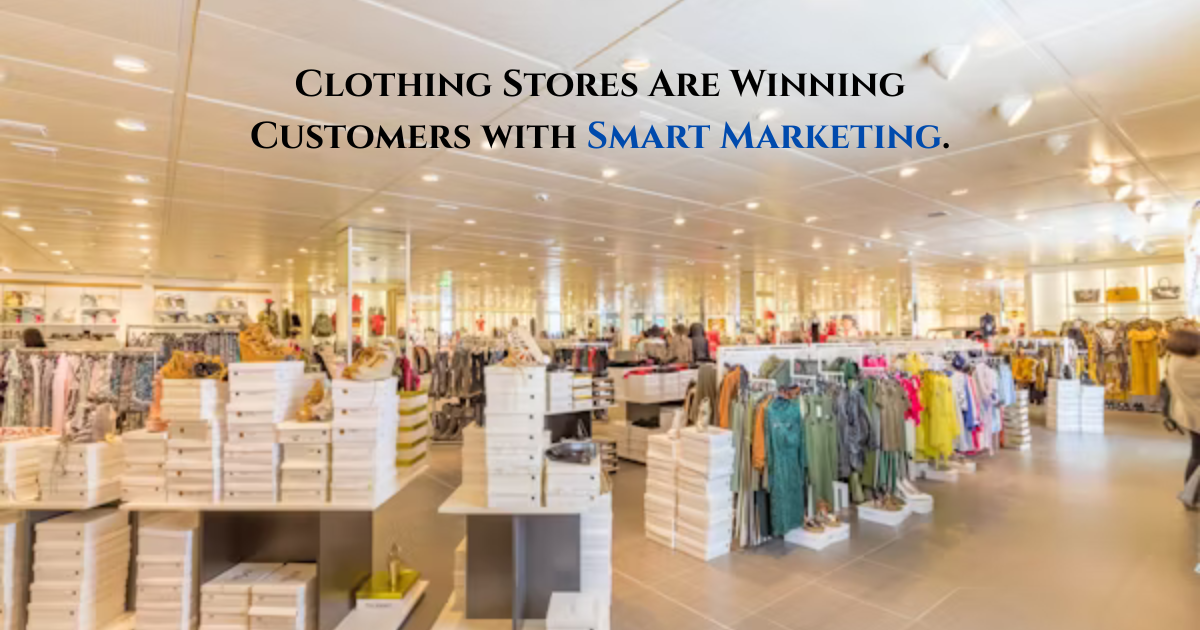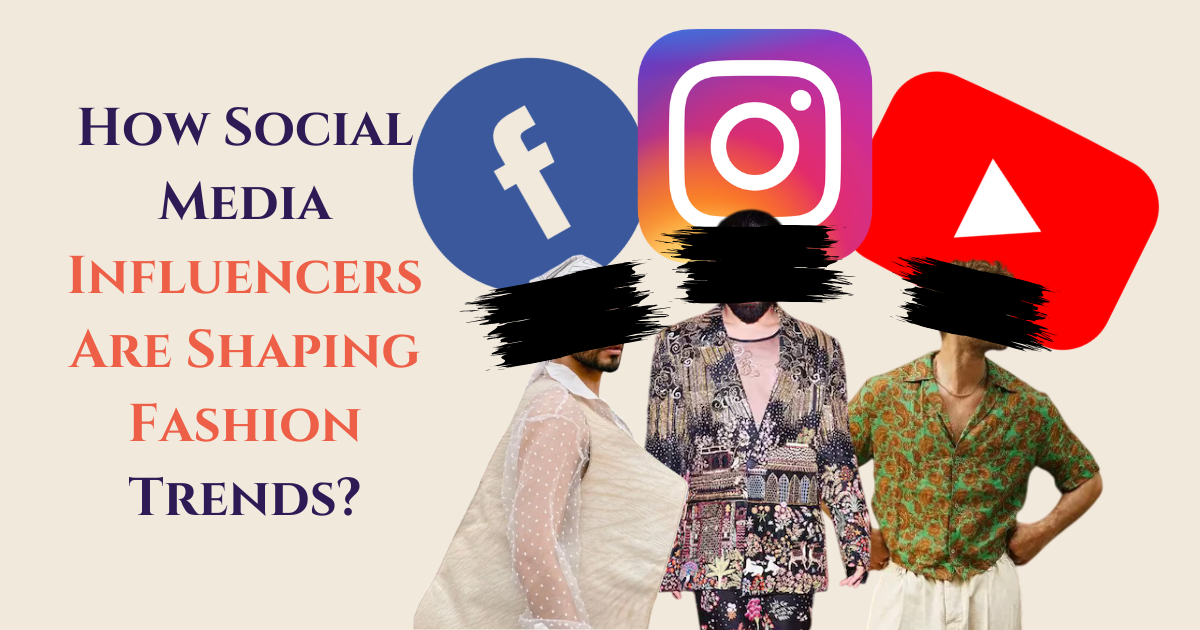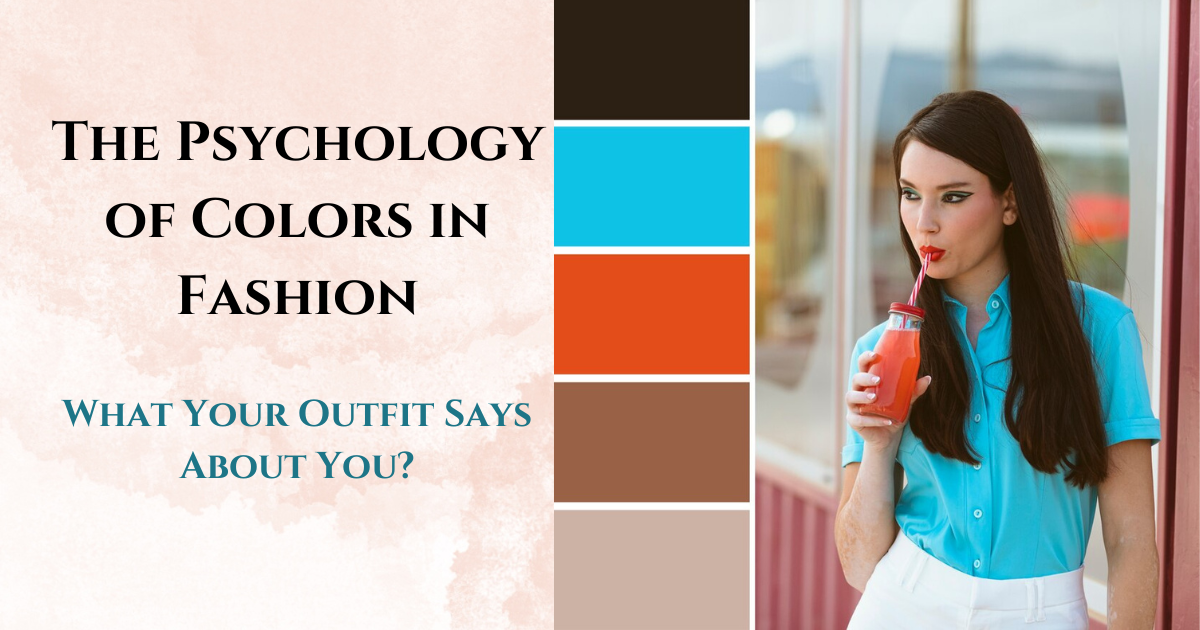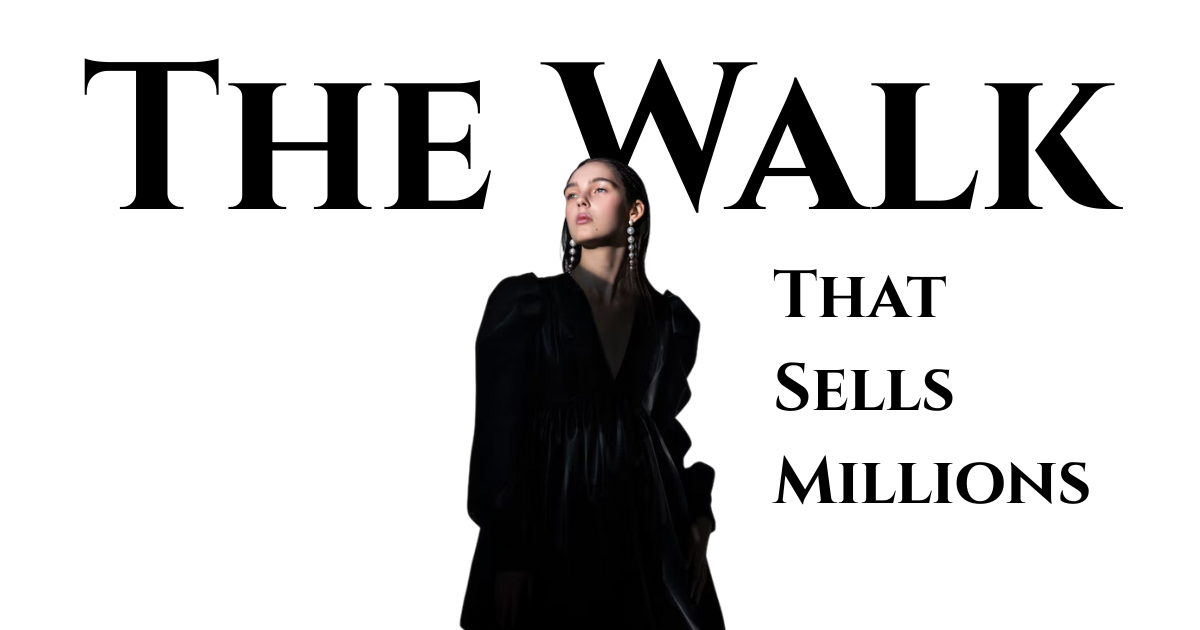Meta Description:
Discover how fashion stores are using smart marketing hacks like influencer tie-ups, personalized ads, and exclusive drops to attract and retain customers today.
Introduction
The fashion retail world has evolved rapidly in recent years. Today, clothing stores are not just relying on discounts and window displays to attract customers. Instead, they are using sharp, clever marketing tactics that create buzz, build loyalty, and boost sales. Whether it’s a high-end luxury brand or a small boutique, everyone is playing smarter to win the fashion game. Here’s how clothing stores are mastering modern marketing.
Building Influencer Partnerships
One of the most powerful strategies fashion stores use today is collaborating with influencers. From micro-influencers to fashion bloggers with millions of followers, these partnerships help brands appear relatable and trendy. Influencers wear and promote the clothing naturally, which builds trust with their audience and drives real sales without the traditional hard-sell tactics.
Creating Limited Edition Drops
Exclusivity is a major selling point in fashion. Clothing brands often release limited edition collections that are available only for a short time or in small quantities. This triggers FOMO (Fear of Missing Out) among customers, pushing them to act fast. Streetwear brands like Supreme made this technique famous, but now even regular fashion stores are using it smartly.
Personalized Marketing Through Data
Today’s fashion stores collect data about customer preferences, browsing history, and past purchases. They use this information to send personalized recommendations and offers. Whether it’s a birthday coupon, style suggestions, or early access to a sale, personalized marketing makes customers feel special and more likely to buy.
Leveraging User-Generated Content
Fashion stores encourage their customers to post pictures wearing their products and tag them on social media. This user-generated content acts as free promotion and builds social proof. When shoppers see real people wearing the brand and loving it, they trust the brand more and feel inspired to join the community.
Immersive In-Store Experiences
Physical stores are transforming into experience hubs. Instead of just racks of clothes, many fashion outlets now offer events, workshops, styling sessions, and even photo booths. Customers do not just shop, they experience the brand, making it more memorable and shareable both online and offline.
Storytelling Over Hard Selling
Today’s consumers want to buy into a story, not just a product. Clothing brands are increasingly telling meaningful stories about sustainability, heritage, craftsmanship, or social causes through their marketing. This emotional connection builds loyalty and encourages repeat purchases.
Flash Sales and Pop-Up Shops
Temporary pop-up stores and flash sales create excitement and urgency. Brands often set up short-term outlets in unexpected places to surprise customers and attract footfall. It feels like being part of an exclusive event, making customers more eager to spend.
Collaboration with Local Artists and Designers
To stand out from the crowd, some fashion stores collaborate with local artists, designers, and even musicians to create special collections. This keeps the brand fresh and brings in a wider, more diverse customer base.
Social Media Challenges and Giveaways
Brands launch creative challenges or contests on platforms like Instagram and TikTok to drive engagement. Participants share posts, tag friends, and promote the brand organically, reaching a wider audience without heavy advertising costs.
Sustainability as a Selling Point
Eco-conscious fashion is not just a trend, it is becoming a necessity. Stores that promote sustainable practices, eco-friendly materials, and ethical production are earning the loyalty of modern shoppers. Brands often market their sustainability initiatives prominently to attract responsible consumers.
Conclusion
Fashion marketing is no longer about simply showcasing clothes. It’s about building a brand identity, creating emotional connections, and making customers feel like part of a bigger story. Through smart strategies like influencer partnerships, limited editions, personalized experiences, and community-building, clothing stores are redefining how fashion is sold today. Those who adapt and innovate are the ones winning customers and shaping the future of fashion retail.










